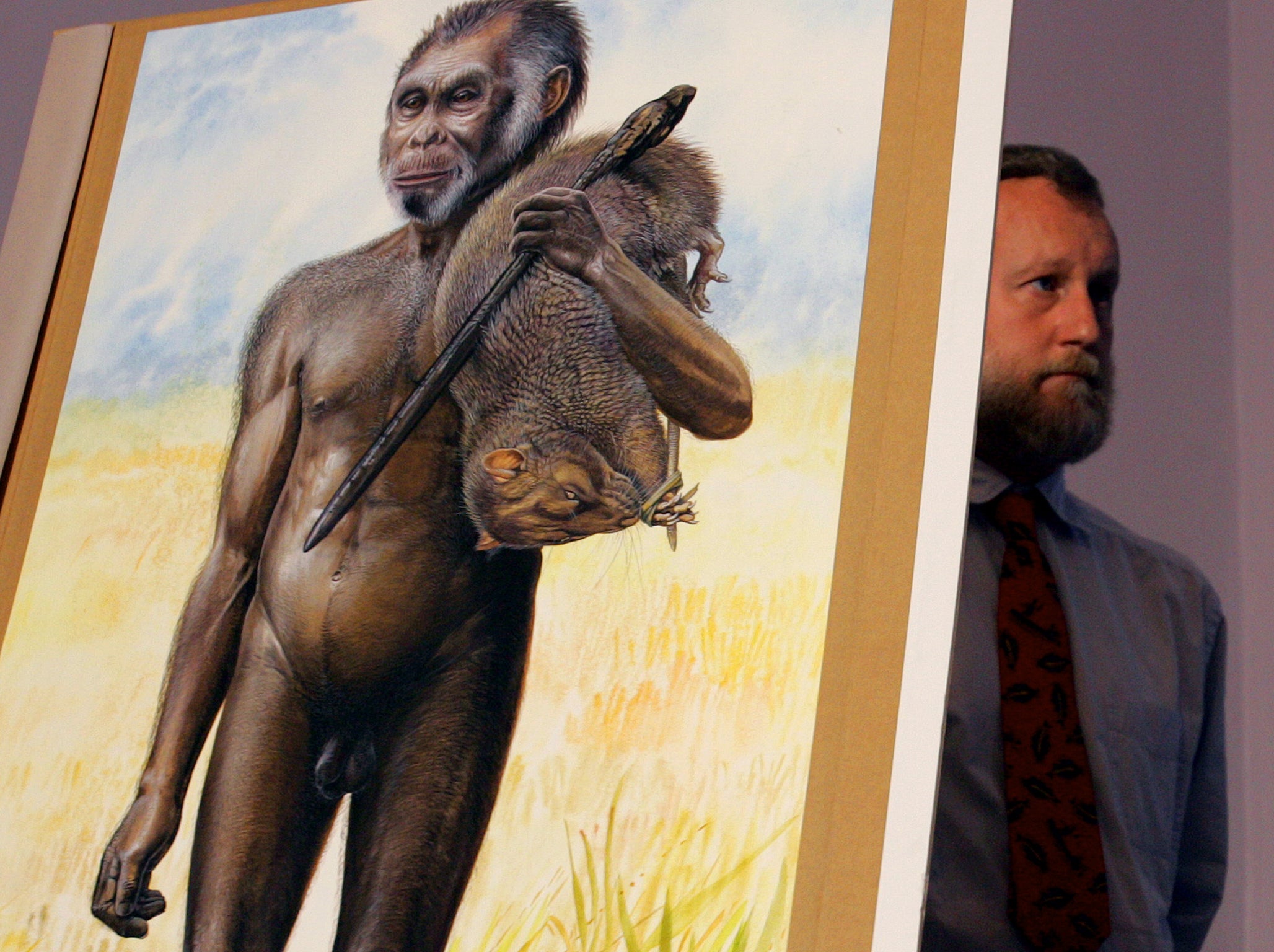Sulawesi find: Huge new discovery on Indonesian island could be from ancient tribe of humans never before found
The 311 tools are at least 118,000 years old

Your support helps us to tell the story
From reproductive rights to climate change to Big Tech, The Independent is on the ground when the story is developing. Whether it's investigating the financials of Elon Musk's pro-Trump PAC or producing our latest documentary, 'The A Word', which shines a light on the American women fighting for reproductive rights, we know how important it is to parse out the facts from the messaging.
At such a critical moment in US history, we need reporters on the ground. Your donation allows us to keep sending journalists to speak to both sides of the story.
The Independent is trusted by Americans across the entire political spectrum. And unlike many other quality news outlets, we choose not to lock Americans out of our reporting and analysis with paywalls. We believe quality journalism should be available to everyone, paid for by those who can afford it.
Your support makes all the difference.Little prehistoric humans were on an Indonesian islands long before we knew about them, according to a new find.
Scientists have said that they have found 118,000-year-old tools on an Island called Sulawesi, which appear to have been made by humans. No fossils were found with the tools and so scientists aren’t sure where they came from.
The makers of the tool could have been a group of “archaic” humans that may have lived on their own for years, according to the scientists.
"We now have direct evidence that when modern humans arrived on Sulawesi, supposedly between 60,000 and 50,000 years ago and aided by watercraft, they must have encountered an archaic group of humans that was already present on the island long before," archaeologist Gerrit van den Bergh of University of Wollongong in Australia told Reuters.
Scientists will now go on the search for those early humans, and attempt to find out how they got there. They might have made their way there by drifting on tsunami debris, scientists said.
The tools are mostly made of very hard limestone and were made by hitting two stones together. They were probably used for simple tasks like cutting up meat or making other tools out of woo,d the scientists said.
Join our commenting forum
Join thought-provoking conversations, follow other Independent readers and see their replies
Comments